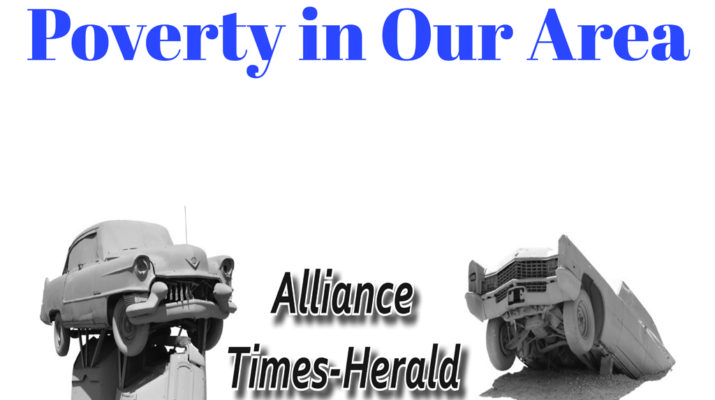Income tax was established by the 16th Amendment to the Constitution in 1913. Congress levied a 1% tax on incomes over $3,000, and an additional 6% on incomes over $500,000. An average worker earned $2.50 for an entire 10-hour day. Only 3% of American households paid federal income tax. Prior to that time the federal government received income through tariffs and excise taxes, which increased the price of goods so much that working people were paying 50% of their income for taxes. Wealthy people spent only a fraction of their income and invested the rest, so their effective tax rate was significantly lower. Therefore, income tax was created to be progressive, taxing the wealthy at a much higher rate than the poor.
The top tax bracket rate is highest when America is working to pay down debt, especially after wars. In 1918 the top tax rate was raised to 77% on incomes over $1,000,000 to pay for World War I. From 1944 to 1963 the top tax rate was 91-92% because of World War II. This makes our rate of 37% on those earning over half a million dollars look pretty darn reasonable!
Last week I read a column on Panhandle Post that made me realize that people don’t really understand how our federal income tax system works. The argument was that our income tax system is structured with higher rates for people who earn more, and that is essentially unfair; therefore, it should be replaced with a flat tax.
There is a certain amount of truth in his argument, as there always is in propaganda. Higher incomes do pay a higher percentage in income tax. However, it was designed that way because almost all the other taxes we pay are regressive – they hit lower income people much harder than the wealthy.
Income tax was designed to be progressive. That means our incomes are broken into brackets. Income taxes are graduated, so you pay different rates on different amounts of taxable income, based on the amount in that bracket. And wealthy people do pay a higher percentage.
Realize that your highest tax bracket doesn’t reflect how much you pay in federal income taxes. If you’re a single filer in the 22 percent tax bracket for 2021, you don’t pay 22 percent on all your taxable income. First you subtract a standard deduction, $12,550, on which you owe no tax. You pay 10 percent on taxable income up to $9,950, 12 percent on the amount from $9,950 to $40,525 and 22 percent above that (up to $86,375). A single person who earned $86,375 would pay $11,990, which is an effective tax rate of 13.9%.
Other brackets exist at 24%, 32%, 35%, and 37%. Incomes over $523,600 ($628,300 for joint filers) pay 37% on any earnings over that amount.
When the columnist said that a person earning $523,601 would have to pay 37% of their income in taxes, he was wrong! They would only pay 37% on the one dollar in that bracket.
Also realize that your taxable income is what you have earned after deductions. For 2021 the standard deduction for single filers is $12,550; for couples filing jointly $25,100. You subtract this amount from your total income before any taxes are considered. Or you could subtract amounts for a number of deductions from your income if you choose to itemize. And after you have calculated taxes owed, there are a number of credits that can be subtracted to reduce the amount you owe. These credits cover things such as children or other dependents, health care, education, or savings for retirement.
The average household income in Box Butte County is $54,000. After subtracting the standard deduction, the taxable income is $28,900. The family then pays 10% on the part of that income that is between $0 and $19,900. They pay 12% on the remaining $9,000. (The tax tables calculate this for you.) Their tax at this point is $3,070, which is an effective tax rate of 5.685%. Then they get to subtract any tax credits they are eligible for. For each child they subtract either $3,000 or $3,600, depending on the child’s age and whether they have opted to receive these amounts in early monthly payments. They may also have credits for school tuition or IRA savings. Many families in Box Butte County would not owe any income tax, and most would receive a large refund of what was withheld from their paychecks.

